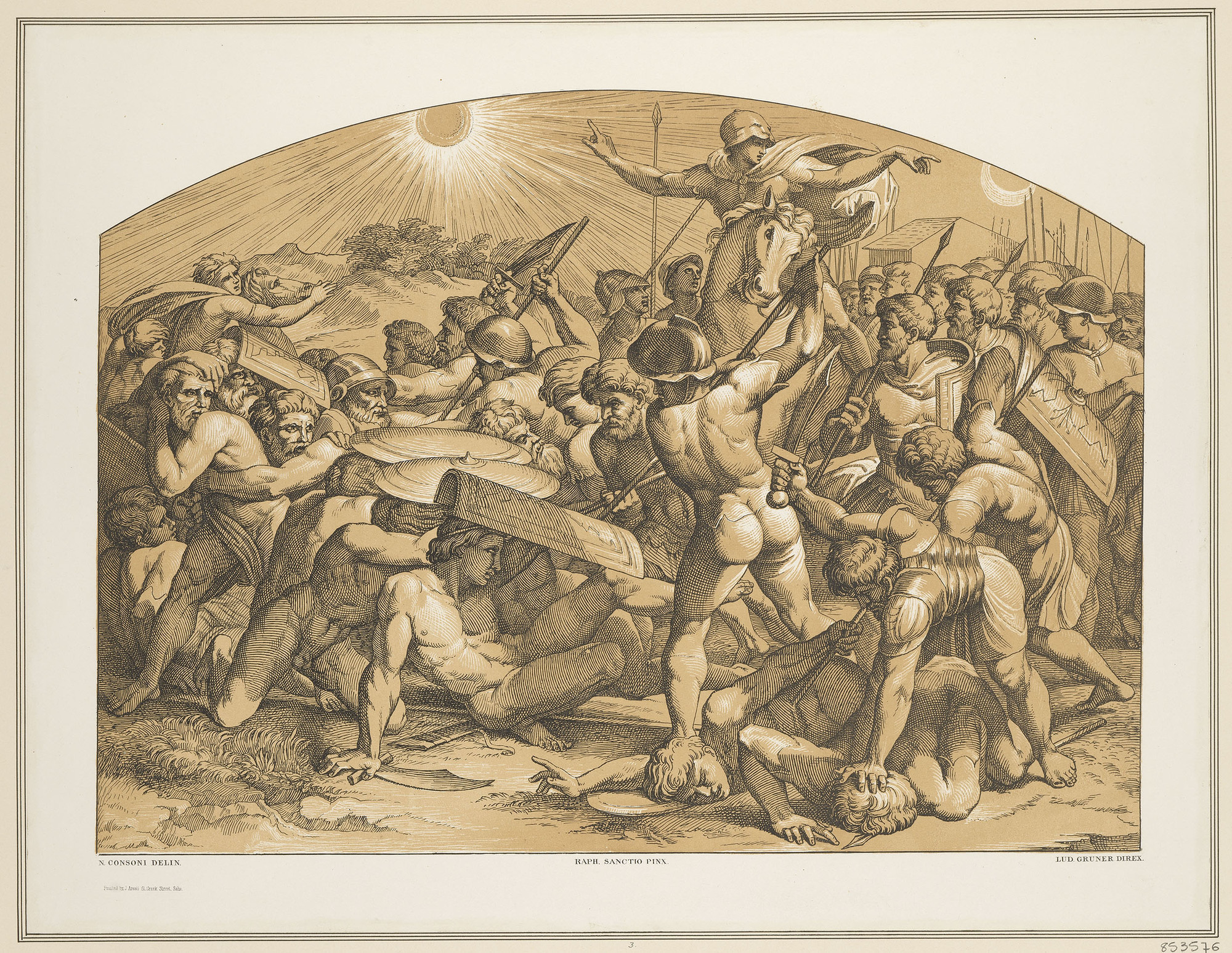

February 11 at the Voronezh Regional Art Museum. I.N. Kramskoy will start a unique exhibition project “Rafael. The Age of the Renaissance”. The project presents for the first time in Russia the largest retrospective of the works of the outstanding Renaissance artist Raphael Santi, who became one of the three titans of the Renaissance along with Leonardo da Vinci and Michelangelo Buonarroti – more than 90 engravings and lithographs of the 16th-19th centuries from his drawings, frescoes and mosaics from private collections UK and Germany.
The organizer of the exhibition is the Artgit company (Moscow).
The name of Raphael flashed like a bright star in the sky of the world’s artistic heritage, revealing to the world his truly divine genius. The canvases and frescoes of the artist, reflecting the very essence of the Renaissance, have become a symbol of the transition of mankind from the Middle Ages to the period of the Enlightenment and the New Age.
Grand dukes and all-powerful bankers dreamed of his paintings. The Pope gave him the best orders and paid generous fees. Rafael – the favorite of everyone and everything – all his life strove for harmony, conquering the humanists and masters of the great Renaissance with his work.
Among the monumental works of the artist, a series of frescoes in the Loggias of the Vatican occupies a special place. Grateful descendants will later call them the Loggias of Raphael, and his picturesque ribbon the Bible of Raphael. On the plafonds in each of the thirteen arches of the arcades, Raphael placed four frescoes on the themes of the Old and New Testaments. Their total number of 52 is equal to the number of weeks in a year. According to the canons of Catholic services, at the end of each week, sermons were heard for the citizens of Rome on the theme of a certain event or a parable from the Bible. After the end of the service, everyone could view a huge “illustration” of what they heard on one of the walls or ceiling of the gallery. The exhibition provides a unique opportunity to get in touch with these great “illustrations”.
In 1866, the outstanding German artist and engraver Ludwig Gruner, director of the Dresden Royal Cabinet of Prints, in collaboration with the famous Italian artist, president of the Academy of San Luca, Nicola Consoni, produced 52 tinted lithographs of large-format frescoes in the style of an old woodcut of the 16th century, presented at the exhibition in full for the first time in Russia.
Raphael will lead his viewer through the whole story from the creation of the world to the coming of the Savior. His Biblical stories seem to be windows to a new world. The result was a very harmonious synthesis of the ancient and Christian worlds, which, perhaps, will become the reason for the long-term glory of the Loggias. The artist wants to say that for us, in Christian culture, biblical events occupied the same place that mythology occupied for ancient ones. Raphael speaks of the advent of a new, Christian era in a person’s life. And although this new age can feed on the achievements of antiquity, it is still different from it, as well as immeasurably superior to it.
Being a great architect, Raphael was often invited to design churches, cathedrals and chapels. The growing fame of Raphael aroused the interest in him of one of the richest merchants of his time, Agostino Chigi, who contributed to the development of the artist’s genius, hiring him widely and drawing the attention of the Pope and other Italian princes to him . Among the greatest works done by Raphael for Agostino Chigi is the Chigi Chapel, a family chapel for which the artist made drawings for the dome mosaics.
The exhibition shows a series of delightful engravings from these mosaics, made by Ludwig Gruner in 1850. They represent the universe in accordance with the theory of Ptolemy and Aristotle, which since the time of Raphael has been supplanted by the systems of Copernicus and Newton. Along with the Almighty, Raphael depicted planets and fixed stars. Each of the planets is under the auspices of an Angel in a state of waiting for a sign from above, according to medieval thought.
30 unique engravings from Raphael’s drawings, shown at the exhibition – illustrations for Lucius Apuleius’ novel “Cupid and Psyche” from the novel “Metamorphoses or the Golden Ass”, which were printed in Rome in 1774 from copper plates of 1530-1560, give a special mood and charming poetry. The engravings were made by outstanding masters of the 16th century, contemporaries of Rafael Agostino Veneziano and Maestro B Del Dado. In these illustrations, Raphael’s special individual style was especially clearly manifested, known for its harmony, transparency, clarity, relaxed composition and grandeur, characterized by a balanced manner of drawing, calm and measured images, soft forms, diffused light and rounded outlines.
Raphael showed himself as an unusually strong and vibrant artistic personality. He is rightfully considered one of the most productive artists and influential public figures of his time. The author of numerous paintings and frescoes on religious, ancient and secular subjects, the official artist of the papal court, the chief architect of St. Peter’s Cathedral, the chief keeper of Roman antiquities and the first archaeologist of ancient Rome, Raphael himself became both a symbol and the embodiment of the Renaissance.
Visit cost:
Entrance ticket – 300 rubles.
Students, pensioners, disabled people and other preferential categories (upon presentation of a document certifying the right to preferential visits) – 250 rubles.
Schoolchildren – 150 rubles.
Photo and video shooting – free of charge.
You can also buy a ticket using the Pushkin card (online only).
The exhibition will run until April 10, 2022.
*Photos provided by the exhibition organizer.